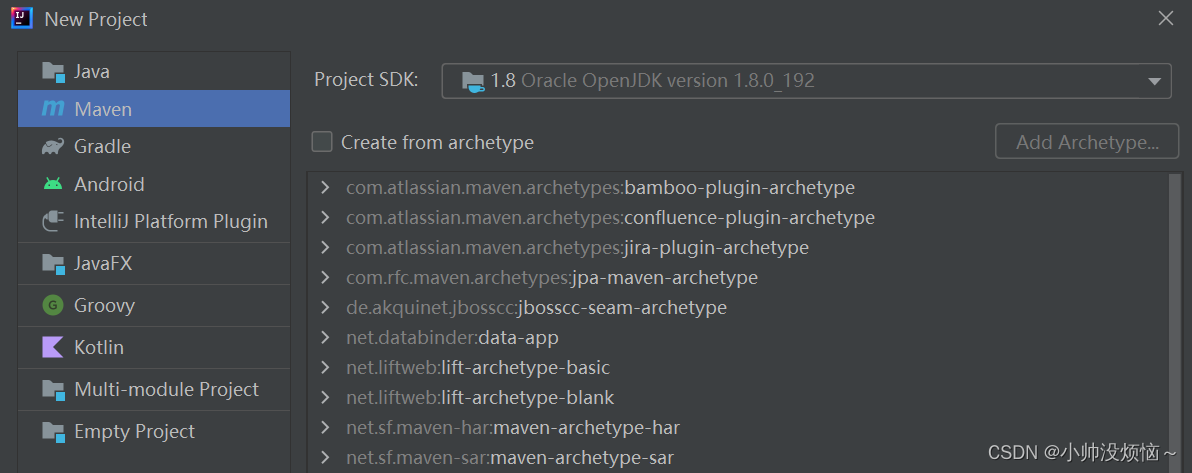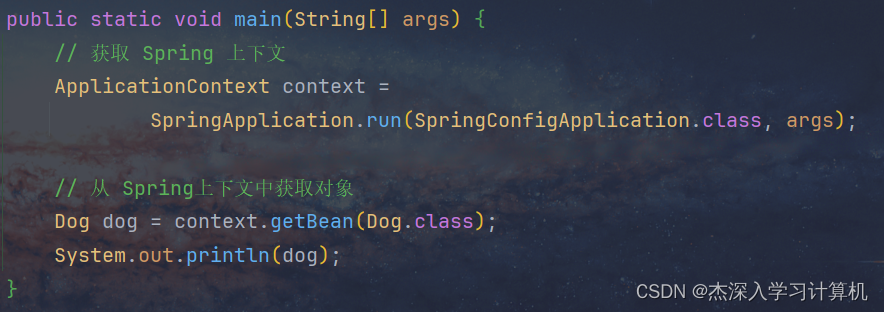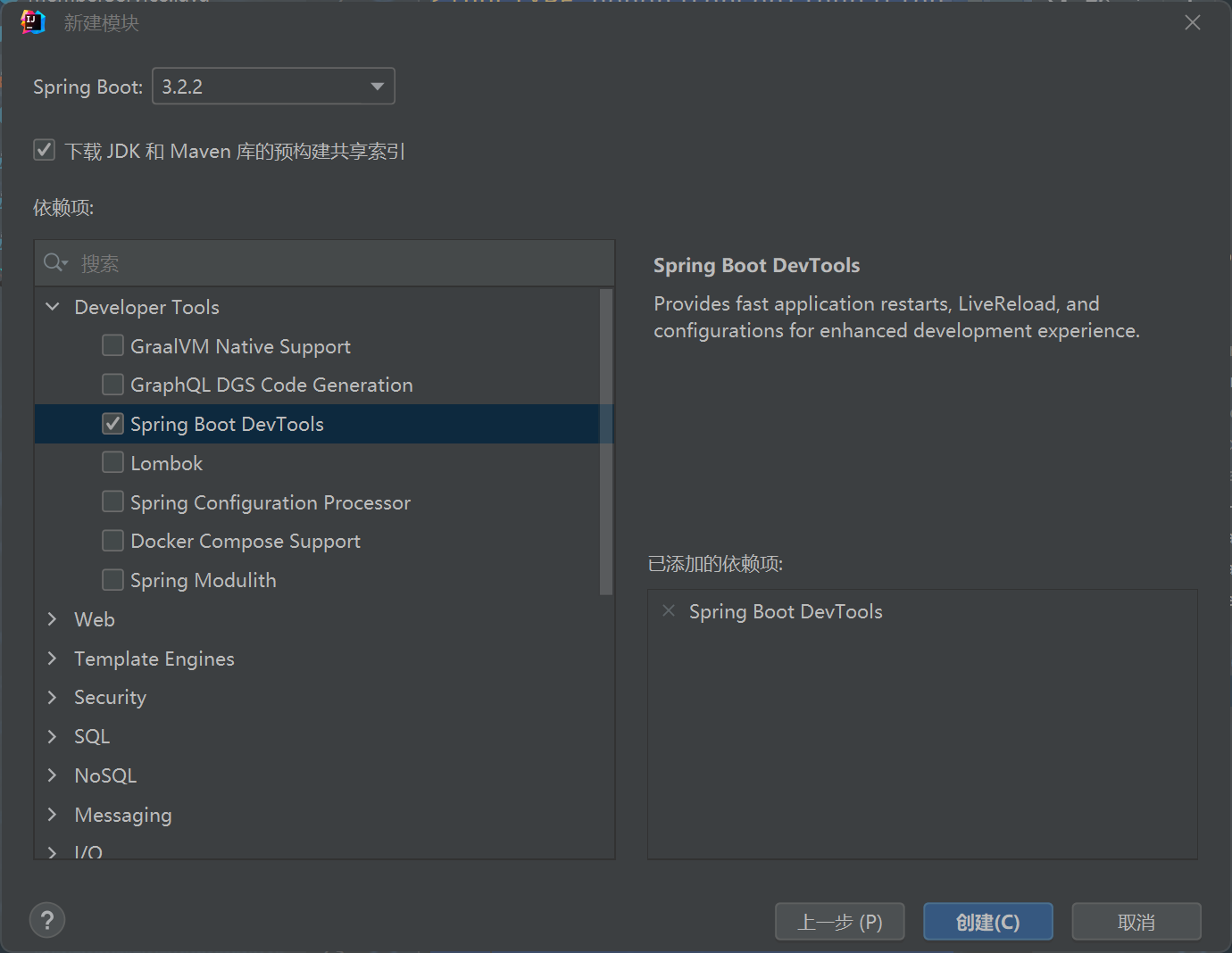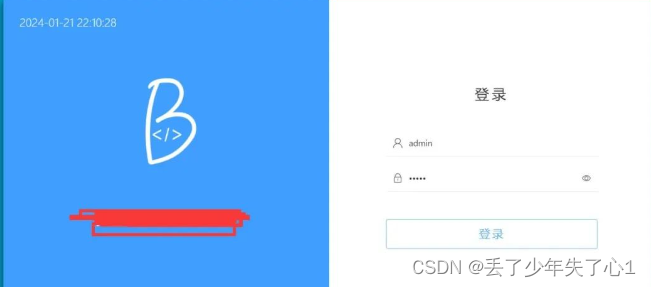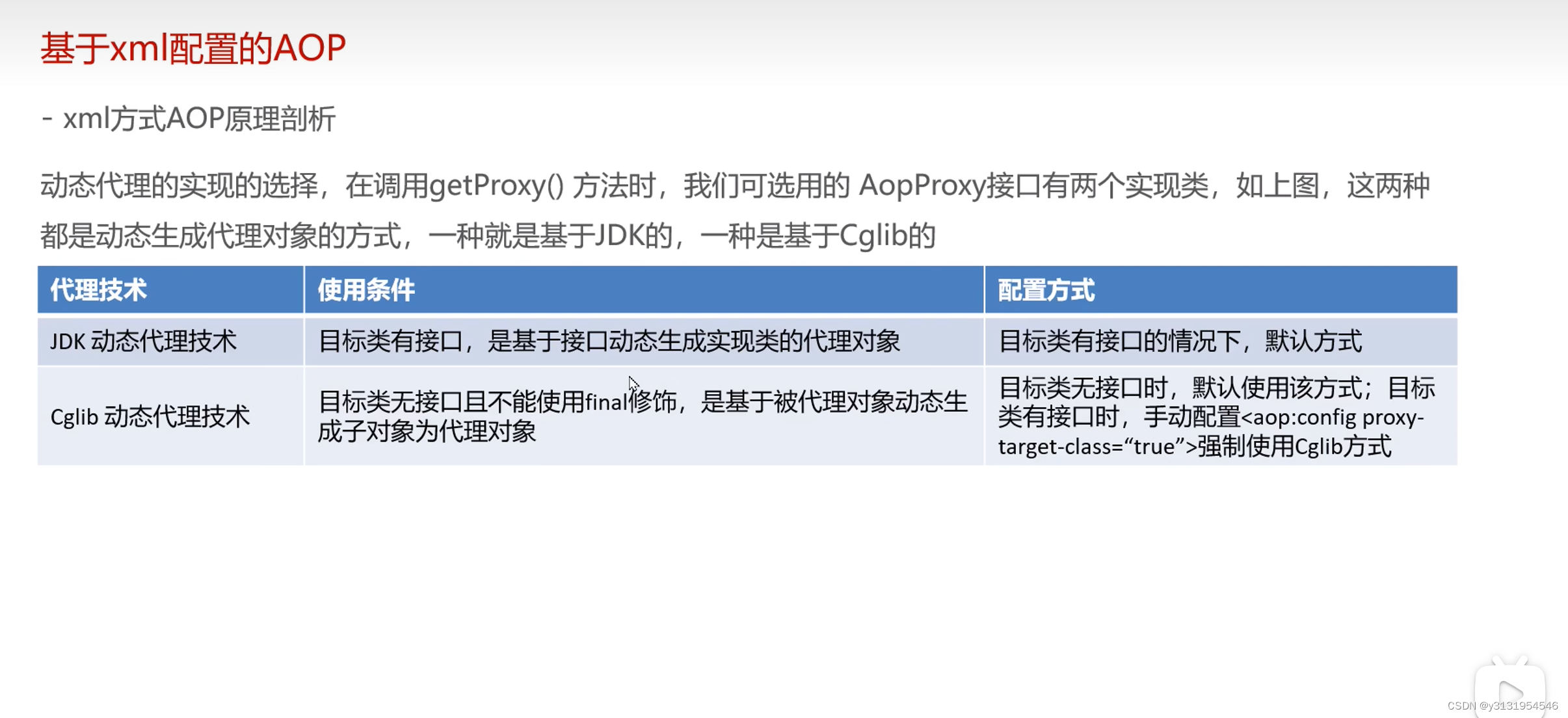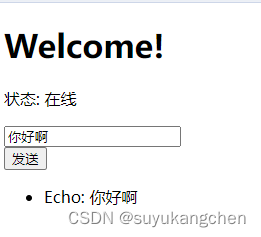本文介绍: 在本教程中,我们将学习如何使用Spring Boot和Apache HttpClient创建一个REST客户端。我们将探讨如何与远程服务器进行通信、处理JSON响应,并为Web应用程序配置跨源资源共享(CORS)。让我们深入代码吧!
使用Spring Boot和Apache HttpClient构建REST客户端
介绍:
在本文中,我们将学习如何使用Spring Boot和Apache HttpClient创建一个REST客户端。我们将探讨如何与远程服务器进行通信、处理JSON响应,并为Web应用程序配置跨源资源共享(CORS)。让我们深入代码吧!
服务层
ClientService 类负责发起HTTP请求并处理响应。它使用 @Service 注解表示它应该由Spring容器进行管理。
控制器层
MyClientController 类是控制器层,负责处理HTTP请求并返回响应。
配置类
HttpClientConfiguration 类是一个配置类,用于自动装配到Bean中。
跨域配置
MyCorsConfiguration 类是一个配置类,用于配置WebFlux的跨域。
在本示例中,我们创建了一个包含服务层、控制器层和配置类的Spring Boot应用程序。服务层的 ClientService 类负责通过Apache HttpClient发起HTTP请求,并处理响应。控制器层的 MyClientController 类负责处理HTTP请求并返回响应。我们还创建了一个配置类 HttpClientConfiguration,用于配置Apache HttpClient,并将其作为Bean注入到应用程序中。另外,我们还创建了一个配置类 MyCorsConfiguration,用于配置WebFlux的跨域资源共享(CORS)。
Spring Boot和Apache HttpClient构建REST客户端的应用。
声明:本站所有文章,如无特殊说明或标注,均为本站原创发布。任何个人或组织,在未征得本站同意时,禁止复制、盗用、采集、发布本站内容到任何网站、书籍等各类媒体平台。如若本站内容侵犯了原著者的合法权益,可联系我们进行处理。

